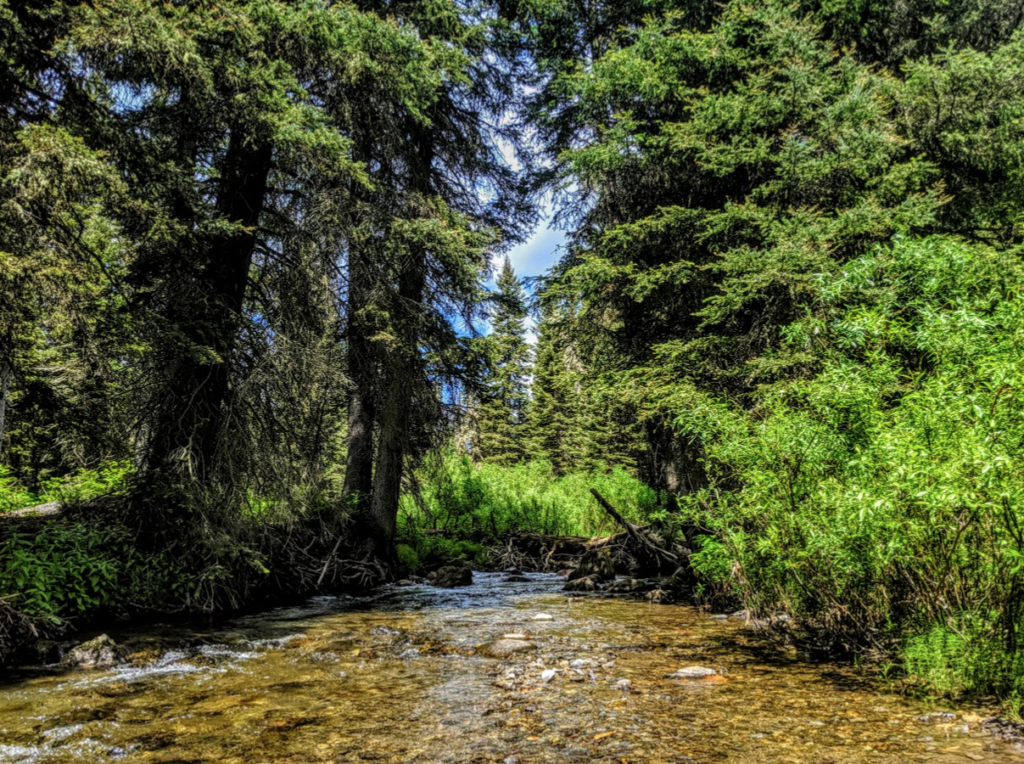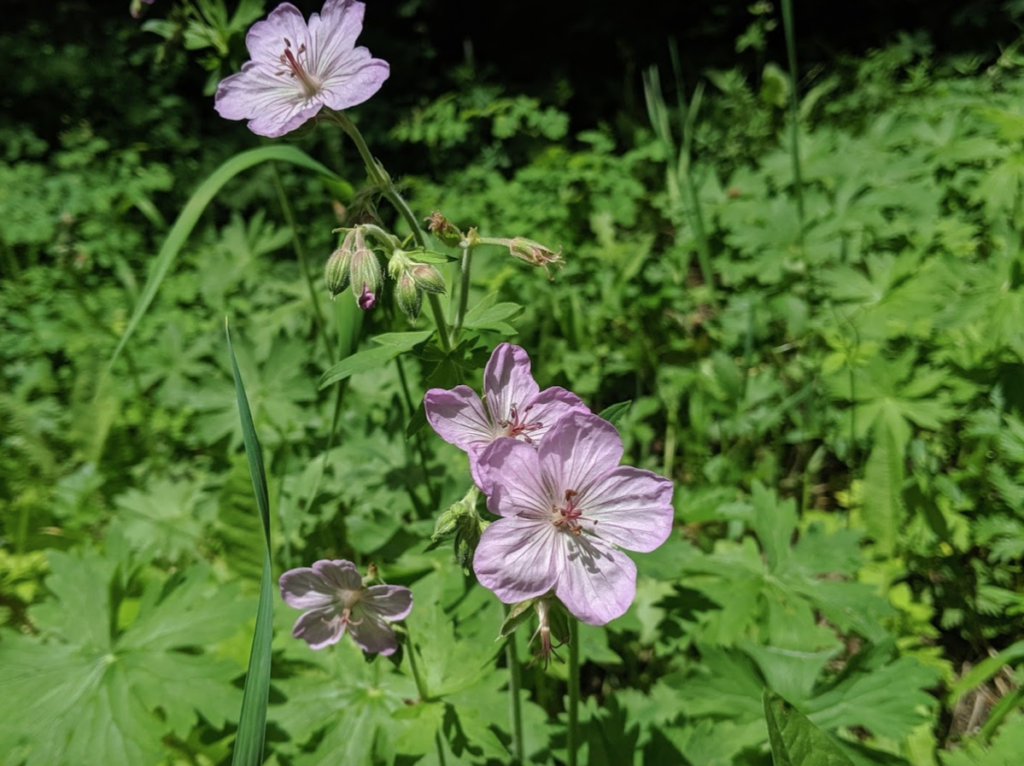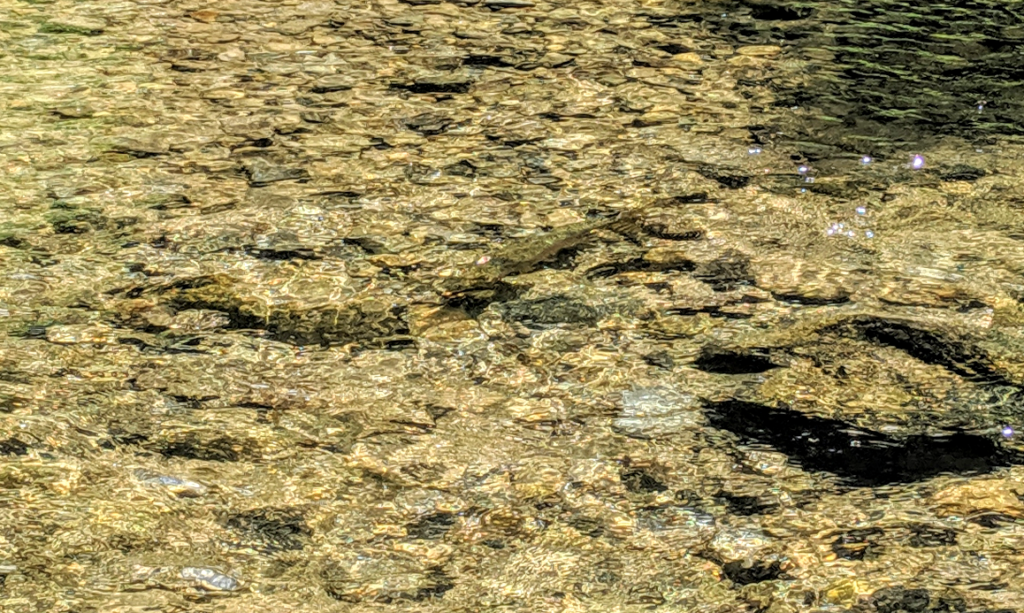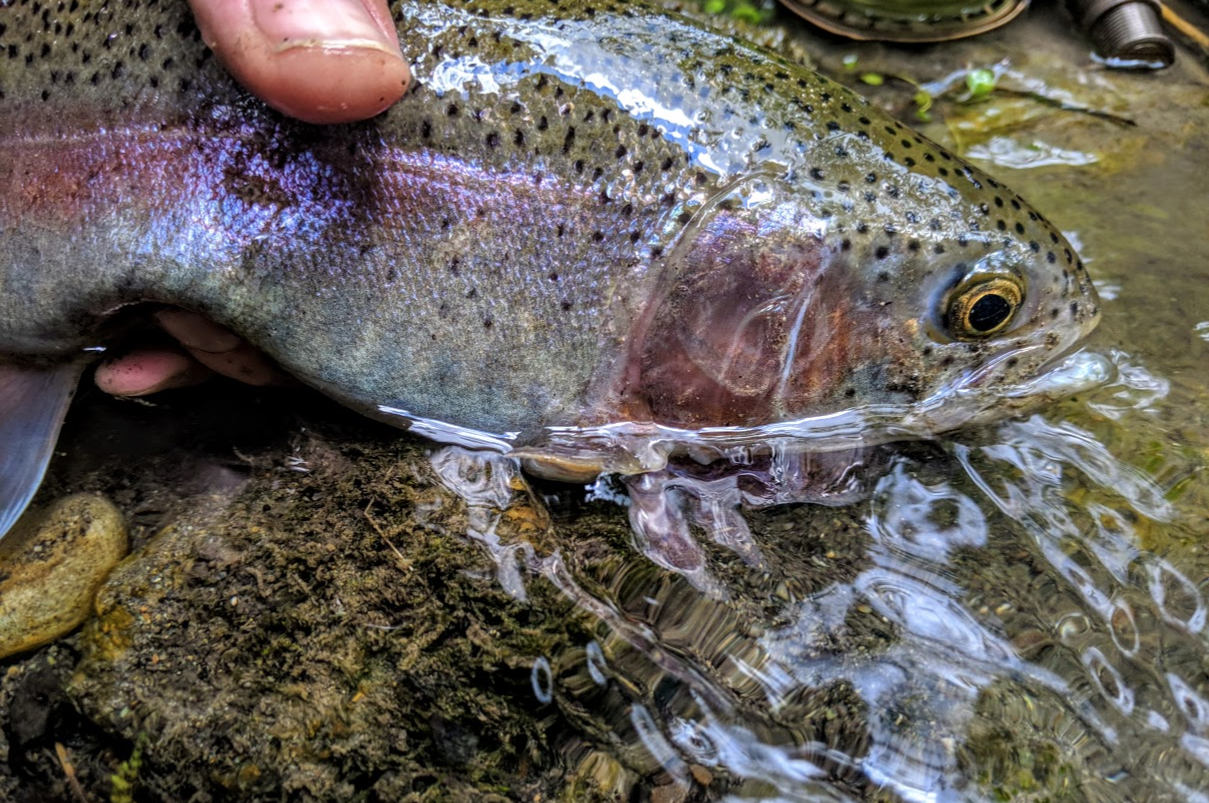Every now and then, I like to explore and find new water, even in parts of the world I’m very familiar with.
Earlier this week, I spent some time in the fringe country of Yellowstone National Park, along the Idaho-Montana border. It’s ranch and cabin country here—there’s a lot of private land that borders public land managed by the U.S. Forest Service. And there are lots of mountain streams that tumble off of public lands and cross hay meadows and short-grass pastures, often dotted with herds of Angus steers getting fat on summer’s largesse.
One of these little creeks runs into a private reservoir that’s managed by a single landowner. The lake stores water for irrigation by ranchers on down the drainage. In that reservoir swim giant Kamloops rainbows—a craft fishery that can be accessed only by guides and outfitters who pay for the privilege of taking clients to a trophy trout lake. It’s a pay-to-play destination.
The Kamloops is considered by scientists to be part of the Columbia River redband trout family. It’s native to central British Columbia, but it’s been stocked all over the continent, including throughout Idaho and as far south as Colorado. Generally a lake-dwelling rainbow subspecies that spawns in rivers and streams in the spring, it’s a favorite in the fish culture world because, in lakes, it gets big. Some reports from its native waters in B.C. indicate fish in the 50-pound range.
The little creek that feeds the private lake comes off the forest, and while I’d seen where the stream crosses under a county road, I hadn’t seen if there were any spur roads on public lands that provided access to the stream. I hadn’t seen any trails, either.
But, with a little technological assistance from Google maps (I’d left my trusty Gazetteer in my other vehicle), I followed a little Forest Service road to another, smaller spur road—one likely pioneered by ATV riders years ago—to its intersection with the little stream. The spur “road” was overgrown with fresh summer grass. Maybe, I thought, whoever made the road had forgotten about it.
Fingers crossed.

About 20 feet wide at its widest, the creek is a gorgeous mountain brook that runs through tall firs and meadows carpeted with Indian paintbrush, mountain lupin and some of the prettiest columbine I’d ever seen. It sports lots of good structure—downed wood, undercut banks that slice under the root systems of overhanging spruce trees and a riffle-and-run system that oozes fishiness.
I hopped out with the dog, dosed each us of with a healthy mist of bug spray and started walking upstream, a sleek little 1-weight in hand. I was certain that, if I were to catch any trout, I’d be catching diminutive little bookies, or, if were to catch some real luck, a feisty but undersized native cutthroat.
It’s that kind of water.

As we rounded a bend in the stream and came across a run that looked nice and fishy, I froze. Ahead of me in the creek, like a pair of exhausted steelhead after a long swim from the ocean, rested two giant rainbow trout.
The fish finned in the soft water along the seams of the run. Deep red stripes adorned their otherwise silver flanks, and they were perfectly visible through the clear water. I looked down at the little 1-weight and shook my head.
Those aren’t undersized cutthroat trout, I thought.
I’d be lying if I told you I hadn’t suspected that this stream might be the beneficiary of a spring spawning run of big lake-dwelling rainbows from the downstream reservoir, but I’d be completely truthful if I told you it was a long shot that any migrating fish that managed to navigate head gates and irrigation ditches along the upstream route to this pool would still be in the creek in July.
And yet there they were. Pigs. Absolutely massive. If I had seen them in an honest-to-God steelhead stream, I’d have marveled at them for what they were—rare, migratory fish finishing up an annual ritual that ends with the creation of the next generation of ocean-going trout.
And I’d have let them be.
But here, deep in the woods and in a stream with no direct connection to the sea, these were lake-dwelling rainbows that did what big-water fish do. They migrate upstream into smaller, headwater tributaries—the kind the EPA is considering for the removal of Clean Water Rule protections—to spawn.
And, in their post-spawn glory, they were fair game. Especially in a watershed where they were the interlopers.
I took a quiet step toward the bottom of the pool, but even my caution couldn’t hide my presence. The biggest of the two trout moved deliberately under an upstream log, with the second, smaller fish following it dutifully.
So much for that, I thought.

But, now that I knew they were there—and that there might be others in the stream—my approached changed significantly. No longer was I going to cast a size 14 Stimulator upstream in hopes of fooling a backcountry cutthroat trout. Now I was in big-fish mode, despite the supple 1-weight I toted with me.
I turned around and began to walk dowstream, concocting a more “steelhead” plan of attack. Being a minimalist on this little adventure, I didn’t really have the gear for full-on steelhead fishing, but I did have some flies that would work as “skaters,” and I figured, in tight quarters, I could likely fight a big fish for at least a few seconds before it broke off, too much for the little rod.
I slowed my pace and directed Phoebe—my good, old fishing dog—to stand with me. She’s a pro at this and, at 10, she knows exactly what she’s looking at when it comes to fish. She might even be better at it than I am.
A nice, long run stretched out below us. I cupped my hands around my polarized sunglasses and stared into the water, looking for anything fishy. After a moment or two, I spied a really big rainbow holding just to the left of a large, in-stream rock. This fish sported a healthy scar, likely from the battles that come with spawning, or perhaps from an overzealous osprey. At about two feet long, this would have been an ambitious catch for such a raptor.
Fighting the anticipation that comes with sight-casting to big fish, I clipped off the little Stimmy and replaced with a larger salmon fly imitation in a size 8. I dosed the bushy fly in Aquel and blew it dry. This would skate across the pool below me and hopefully cause that big rainbow to eat.
What would happen if the fish actually ate? I’ll burn that bridge when I get to it, I thought.
I checked my back cast. All clear. The fat fly was likely too much for the tiny rod, but, like we all do when we’re faced with unexpected situations, I adapted my cast and made a big sweeping loop. The bug landed appreciatively with a healthy splat, inches from the right bank. I immediately tightened my line and let the fly swing into the current.
As the distance between the finning beast of a rainbow got shorter and shorter, I began to quiver with excitement. Six feet. Five. Four.
I took a deep breath. It was almost game time. Three. Two.
Before the fly could get into the big fish’s feeding lane, the water beneath my fly exploded, and my line came tight to an unseen trout. I watched as the big rainbow in the center of the run turned tail and cruised downstream while the battle ensued between the 1-weight rod and this new fish that, while big, wasn’t two-feet big. This wasn’t the trout I was after, but it was the trout I hooked. And, it was probably a trout I could actually land with the tiny fly rod.
And we fought. It took line. I stepped into the creek up to my knees and started to make up for the rod’s diminutive size with my feet, reeling and bowing to the fish as it leaped from the water once, twice and then three times. It was big. Really big.
Finally, the chunky rainbow tired, and was able to bring it to hand. It wasn’t the massive fish I expected, but it was bigger than any trout I’d expect to find in such small water. It easily pushed 19 inches, and upon inspection, I could tell that it was, indeed, a spawned-out hen. Its belly was soft and empty. Its eggs were buried amid gravel in the little creek, and it was likely headed, tail first, back to the lake from which it came to fatten up and get ready to do it all again next spring.
A steelhead in any Pacific tributary, here in the landlocked confines of an inland national forest, it was just a rainbow. And a big one.
It was an accidental trophy. And now that I know they’re here in the spring, I’ll be back. Earlier, next year. And armed with my steelhead gear.
Maybe I’ll get a better shot at the two-footer.
Chris Hunt is the national digital editor for TROUT Media. He lives and works in Idaho Falls.



